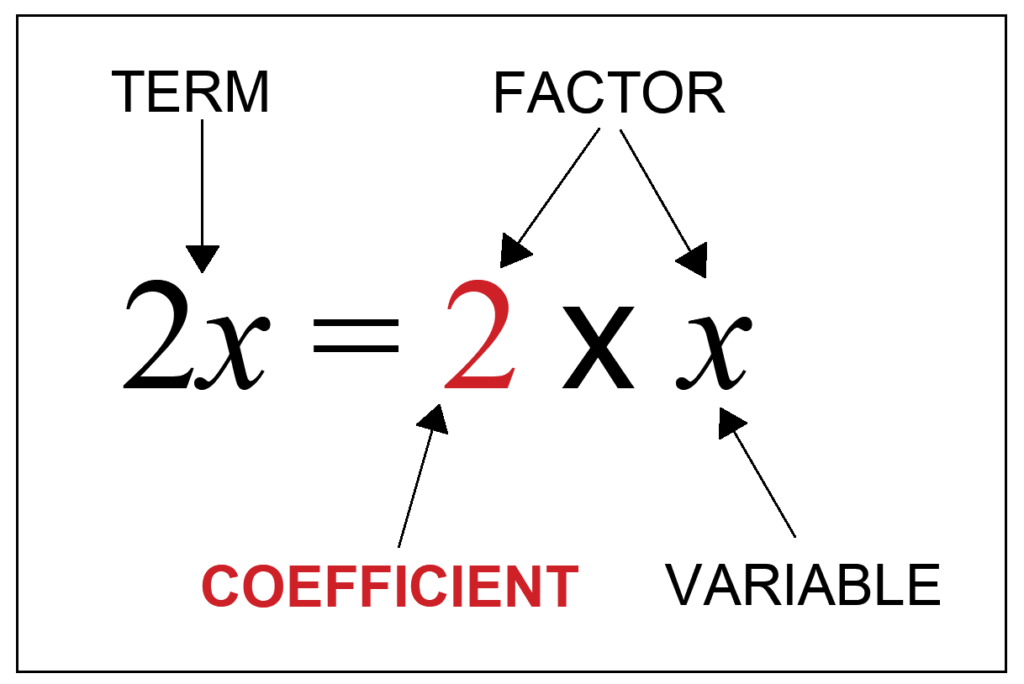A coefficient, also known as a multiplier, is a number that appears before the variable that it multiplies. The most common form of a coefficient is an exponent. For example, 1×10 means that multiplying any given value by 10 gives you a result. So, let’s say you wanted to multiply 6 by 5, you would write 6 x 5 = 30.
However, there are other forms of coefficients that allow for additional mathematical operations such as logarithms and factorials. One thing to note is that the order in which you place the numbers matters. In this case, you can see that adding 2 before 1 makes a difference.
If you’re looking to learn more about how to use coefficients, check out this article on Khan Academy. It will show you examples of both positive and negative exponents.
Also, be sure to visit our website today to download your free copy of the eBook ‘Learn Math – How To Get Your Kids Started With Mathematics At An Early Age’!
How Do You Use a Coefficient?
When you learn math, you might have heard the term “coefficient”. This is used to describe how much of something can be multiplied by another thing. For example, let’s say that you want to calculate the amount of milk that you need for your baby. You could multiply the number of ounces of breast milk per day by the total days in the month to get the exact amount of milk you’ll need.
However, this calculation doesn’t take into account the fact that you don’t drink all of the milk at once. If you were using this formula, then you would end up drinking a lot of extra milk. That is why it is better to use a different method.
You should divide the number of months in a year by the number of weeks in a month. Then, multiply that number by the number of cups of milk you will consume each week. The result of this calculation is the number of times you will need to buy more milk.
Now, you can also do this by dividing the number of ounces of milk per day by the number of days in a week. After doing so, multiply the answer by seven. This will give you the number of times that you will need to buy more milk.
Calculate a Coefficient
If you’re looking for a quick way to calculate a coefficient, then you’ll want to read the article below. This is a guide that explains how to do this calculation.
A coefficient is used to represent the relationship between two variables. For example, the coefficient of determination (R-squared) shows the percentage of variance in the dependent variable explained by the independent variable.
To get started, you need to know three things. First, you need to figure out what the R-squared value represents. Second, you need to determine what the independent and dependent variables are. Finally, you need to use the equation.
When you have all of these pieces of information, you can easily calculate the coefficient.
You should also be aware that there is another type of coefficient that you might encounter in your studies. That’s the partial regression coefficient. It is similar to the R-squared, but it is different from the other one.
To understand the difference between the two coefficients, you first need to know that they both measure a relationship. However, each of them measures a slightly different thing.
The R-squared represents a linear model. In other words, it assumes that a single factor determines the outcome.

How to Find the Coefficient
There is a math problem that many students have trouble solving. This problem involves finding the coefficients of a quadratic equation. If you’re having trouble with this type of math problem, then you should take a look at the article below.
This problem requires you to solve for the value of x. You’ll need to use the formula ax2 + bx + c = 0.
Once you’ve found the solution, you can figure out the value of a by dividing the answer into the original number. For example, if the answer is -1, then you know that the value of a is 1.
To find the values of the other two numbers, all you have to do is divide the first number (b) into the second one (c). So, in our example, we would get 2/3.

